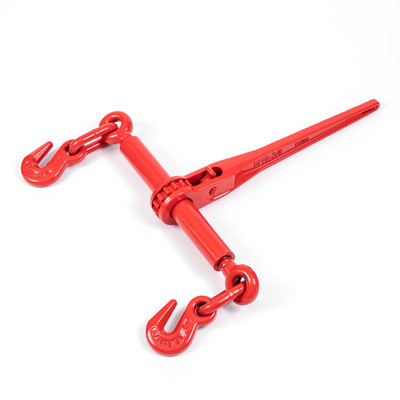Ensuring your cargo arrives safely and securely at its destination is paramount. While there are various methods for securing cargo during transport, Rigid Tiedowns offer a unique combination of strength, stability, and versatility that makes them a preferred choice for many professionals and DIY haulers alike.
Unlike traditional tie downs that utilize webbing or straps, Rigid Tiedowns employ a solid, inflexible structure to secure cargo. This structure can come in various forms, such as bars, chains, or brackets, each offering distinct advantages depending on the application. The key benefit of Rigid Tiedowns lies in their ability to minimize movement and prevent shifting of cargo during transport.
Rigid Tiedowns excel in situations where traditional tie downs might fall short. Here's why:
Superior Strength: Rigid Tiedowns are often constructed from high-strength steel, making them ideal for securing heavy loads that could potentially break or tear traditional webbing straps.
Minimal Stretch: Unlike webbing tie downs that can stretch under tension, Rigid Tiedowns offer minimal stretch, ensuring a constant and secure hold on your cargo throughout the journey.
Reduced Cargo Shifting: The rigid nature of these tie downs minimizes the potential for cargo to shift or bounce during transport, preventing damage to both the cargo and the hauling vehicle.
Versatility: Rigid Tiedowns come in a variety of configurations, allowing you to secure cargo of various shapes and sizes. From motorcycles to heavy machinery, there's a Rigid Tiedown system suited for the job.
Rigid Tiedowns aren't a one-size-fits-all solution. When choosing Rigid Tiedowns, consider the following factors:
Cargo weight and size: Ensure the chosen Rigid Tiedowns have a capacity that exceeds the weight of your cargo. Additionally, the tie down system should be compatible with the size and shape of the cargo you're securing.
Type of transport: Different hauling scenarios might require specific Rigid Tiedown configurations. For instance, securing cargo in an open trailer might require a different approach than securing cargo in an enclosed truck bed.
Attachment points: Rigid Tiedowns typically require secure attachment points on both the cargo and the hauling vehicle. Ensure your chosen system is compatible with the available attachment points.
While Rigid Tiedowns offer numerous advantages, it's important to use them properly for optimal safety and effectiveness. Always consult the manufacturer's instructions for proper installation and use of your specific Rigid Tiedown system.
By utilizing the strength and stability of Rigid Tiedowns, you can ensure your cargo reaches its destination safely and securely, giving you peace of mind during your transportation endeavors.


